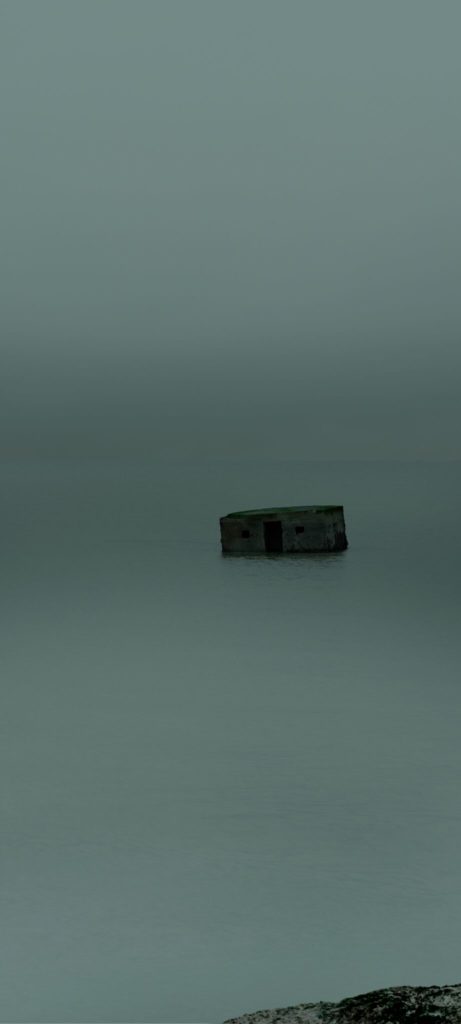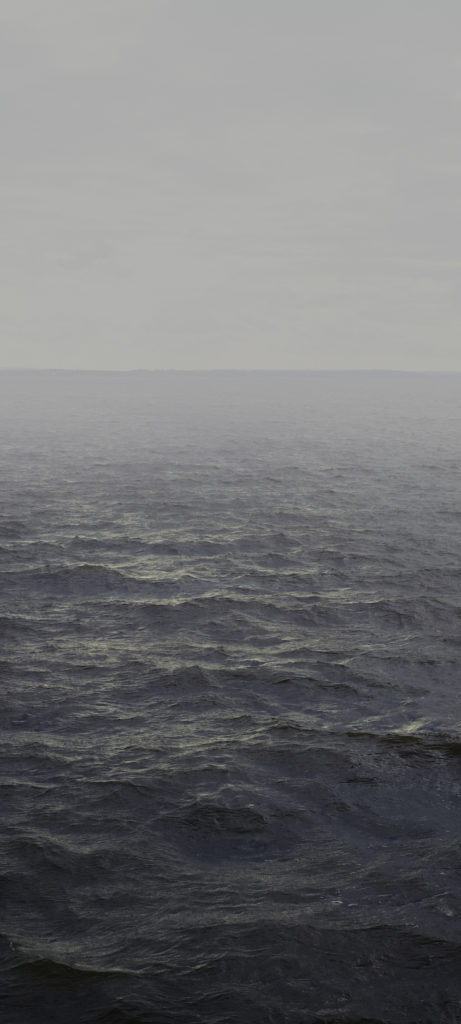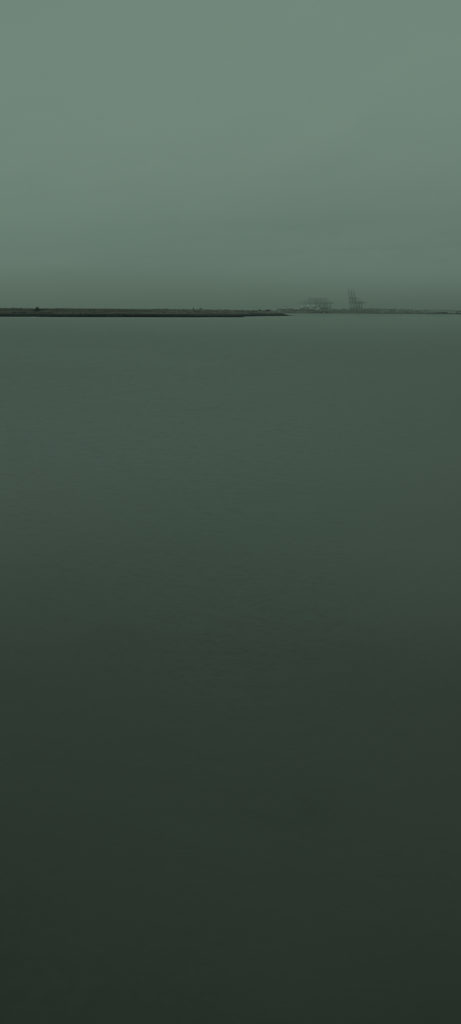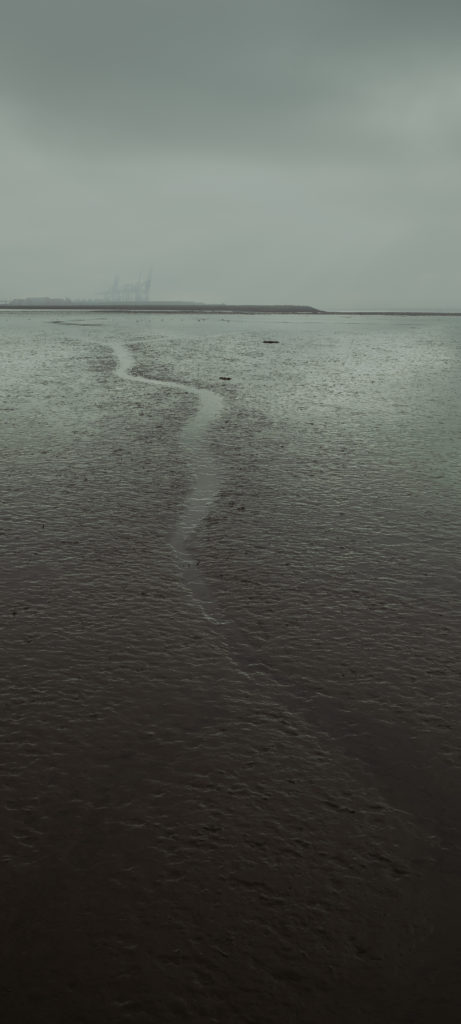Port speaks to renowned curator and author William A. Ewing about the epic undertaking, Civilization, which tells a story of the world in which we live through the work of 140 contemporary photographers
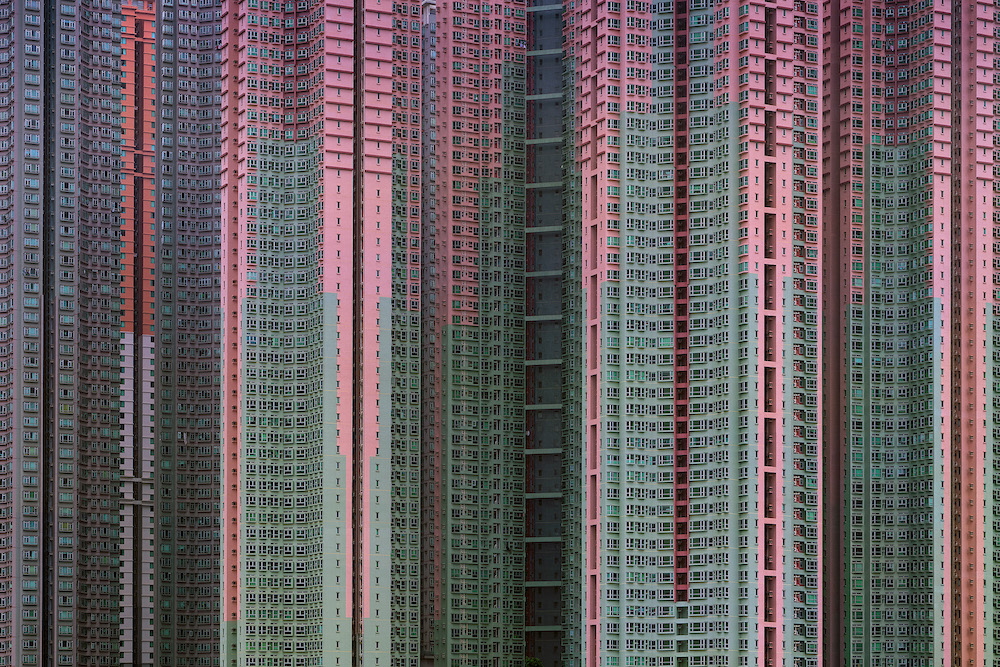
“To me, the seeds of it go back to the 1960s,” says William A. Ewing, when asked how the landmark project, Civilization: The Way We Live Now, came to be. “At university, we were made to take a class called ‘civilization,’” he recalls. “I remember lectures about Gothic cathedrals, which opened my eyes to something that beforehand had just been piles of stones. That was a really profound experience for me.”
Fast-forward several decades and the Lausanne-based curator and author has been working closely with fellow curator and art historian Holly Roussell, alongside colleagues Todd Brandow, from the Foundation for the Exhibition of Photography, and Bartomeu Marí, from the National Museum of Modern and Contemporary Art in South Korea, to create an “aerial survey” – a book and international travelling exhibition – that considers the state of early 21st-century civilisation through the eyes of many of today’s most prolific photographers. As Ewing neatly puts it in the book’s introduction, the project is “a wide-angled overview of how photography deals with an exceedingly complex and abstract idea – that is, civilisation.”
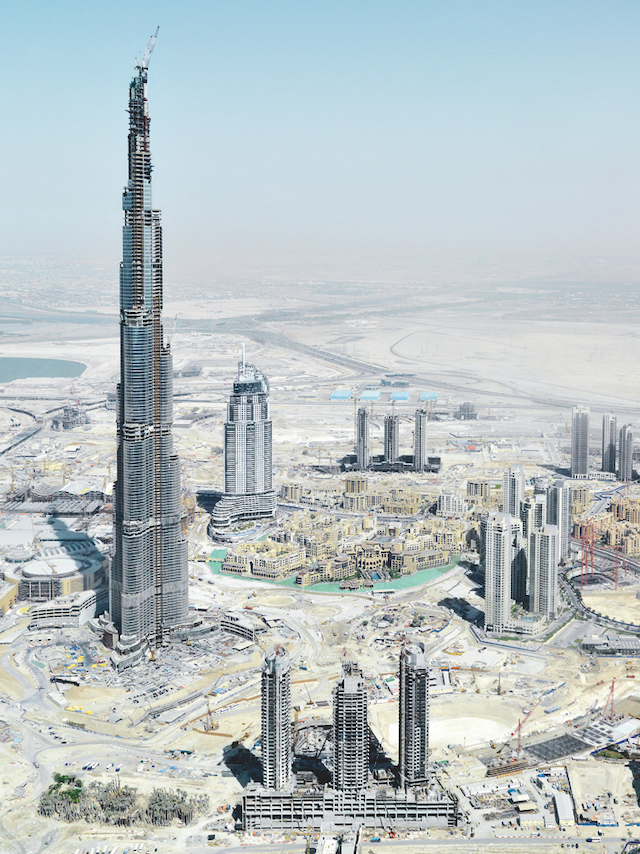
Currently on show in Seoul, the exhibition will travel to Beijing in spring 2019, and then to Melbourne and Marseille. In London, a complementary show featuring work by a number of featured photographers – among them Robert Polidori, Simon Roberts, Nadav Kander, Edward Burtynsky and Michael Wolf – has recently opened at Flowers Gallery.
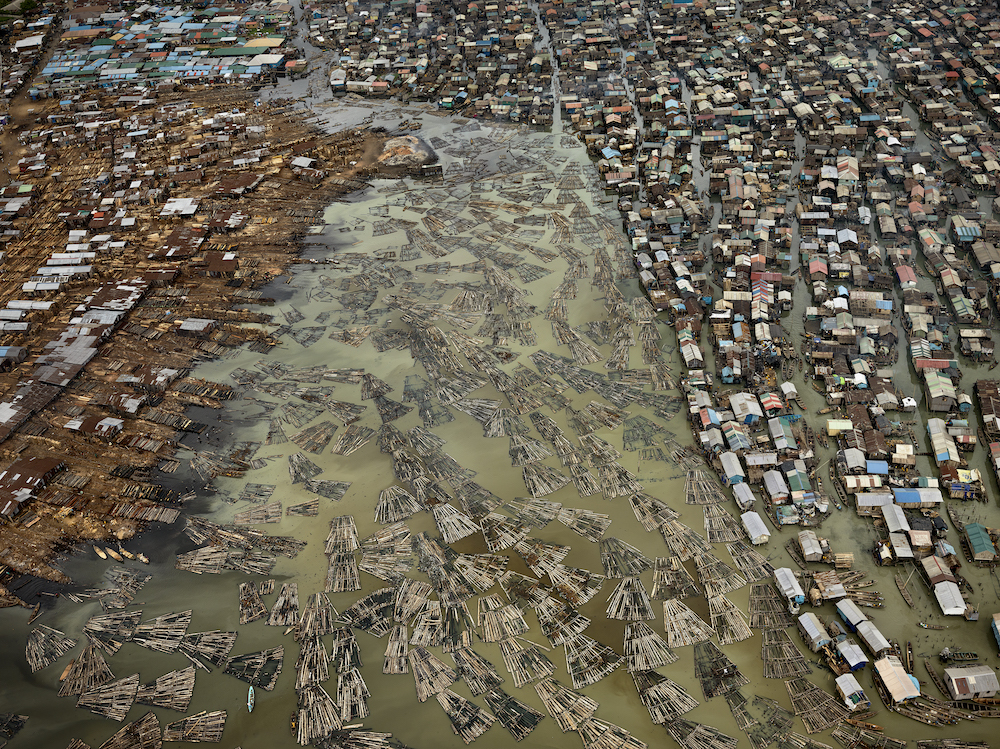
Comprising many sections and addressing myriad themes such as where and how we live, how we communicate, and our beliefs and hopes, Civilization is truly global in its vision and ambition. At its core is a focus on shared human experience and how this has been rendered photographically. Indeed, Ewing draws an interesting parallel between civilisation and photography’s evolution: “Like civilisation, that wide practice known as photography also expands, evolves and mutates,” he writes in the book. “No one knows where it’s all heading, though we suspect it’s heading somewhere.”
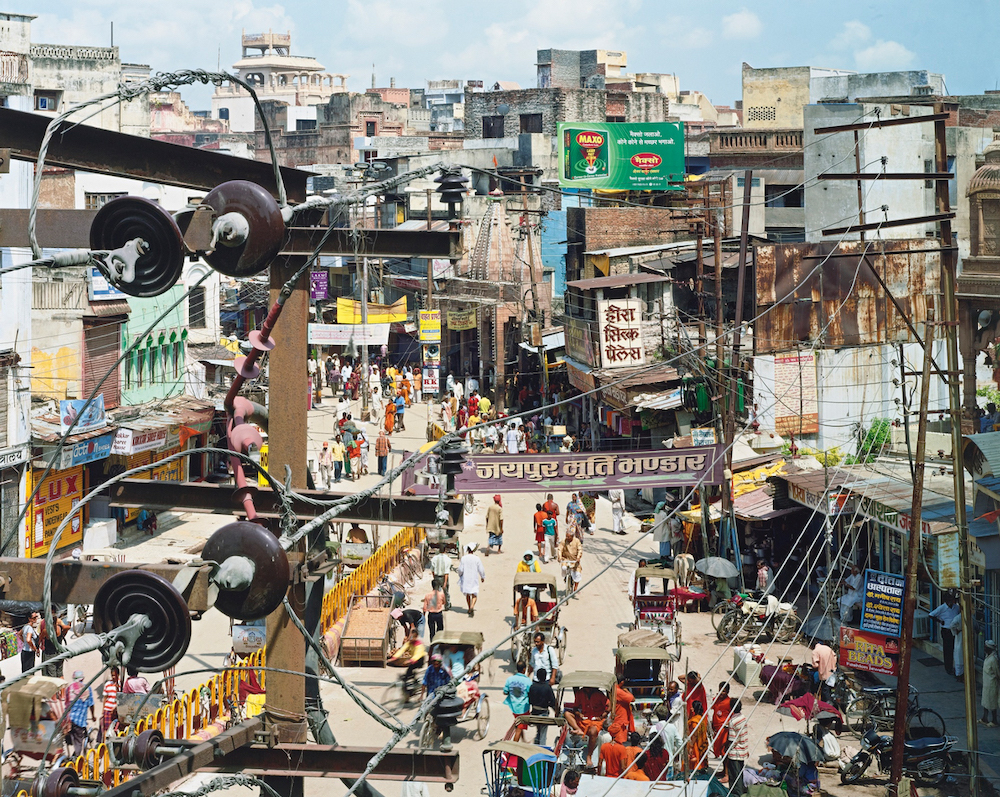
Given the enormous scope of the topic, it was imperative to set clearly defined parameters from the outset, explains Ewing. “If you started ticking all the boxes of everything you should put in a book called ‘civilisation’ you’d go mad. You’d end up with a list of thousands of things and it’d just go on and on. That would be a book that illustrates and you would need thousands of chapters to do any justice to it as a social work. We wanted something more poetic that would excite people and [encourage them] to think about civilisation.”
Sifting and categorising the material gathered from photographers working in places as diverse as Sudan and Mexico and across topics such as the development of humanoid robots, space telescopes and digital technologies, was a labour-intensive process that required careful decision-making, Ewing adds. “Images that seemed to be about moving – moving goods, transportation – became [the chapter] ‘flow’. We didn’t want to use the word ‘transport’ because if we chose a more symbolic picture, people could say, ‘what’s that got to do with transport?’
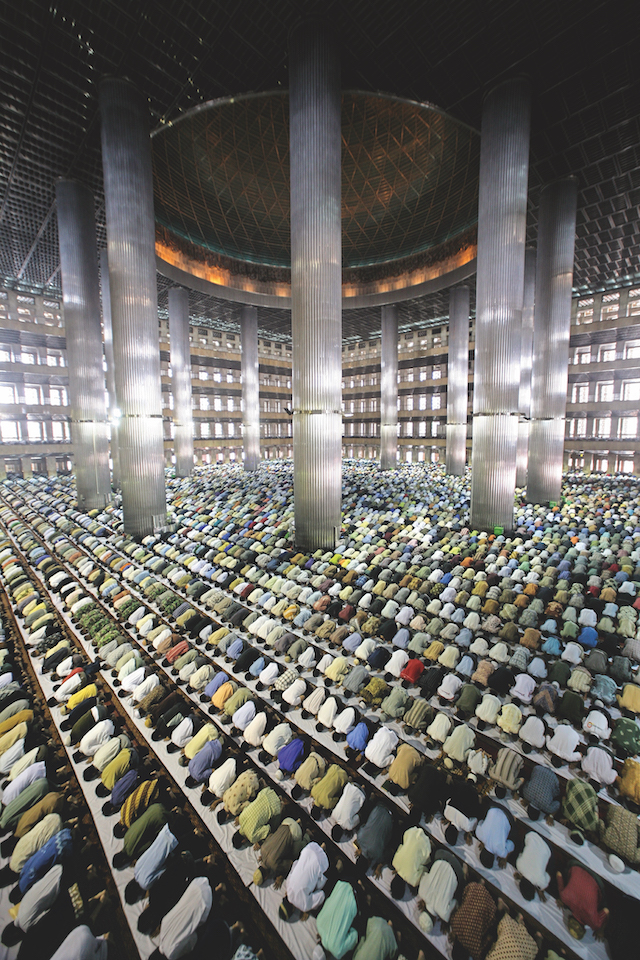
“We then assembled all the ‘breakdown’ pictures (images of migrant camps, wars and so on) that you can say are about breakdown, and used the heading, ‘rupture,’” he continues. “The titles are meant to be more poetic or ambiguous; you’re not trying to label something so much as say, ‘ok, here is one way of looking at this.’”
Indeed, what makes the project so fascinating – and what gives it its depth and breadth – is the multiplicity of international voices, approaches, perspectives and motivations that feature. There are photographers who make direct calls to action such as Canadian photographer Edward Burtynsky, who writes: “While trying to accommodate the growing needs of an expanding civilisation, we are reshaping the earth in colossal ways. We have to learn to think more long-term about the consequences of what we are doing.” Others express an impending sense of doom: “Our civilisation is facing crucial challenges with man-made threats that imperil our collective future,” writes Italy-based Irene Kung. “Ancient ruins are poignant reminders that complex and sophisticated civilisations have collapsed.” Implicit in Kung’s words is the warning that nothing can be taken for granted.
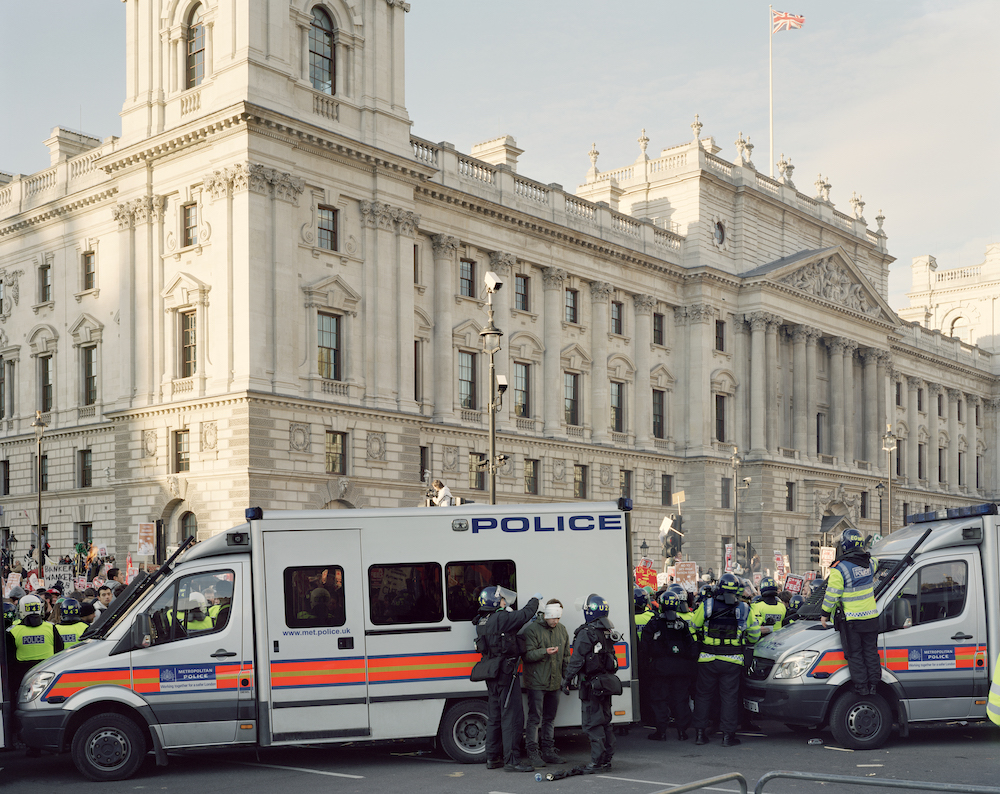
The project, as a whole, reminds us just how much we’ve achieved in our relatively short time on earth. “Civilisation is really only 5000 years old and in that time we went from inventing the wheel to sending spacecraft into space,” Ewing points out. “We take so much for granted, and we have to, otherwise we’d go nuts. […] But it is an astonishing thing to see how far we’ve come. There are many ways of expressing that, but I hope that photography, collectively, conveys that sense of richness.”
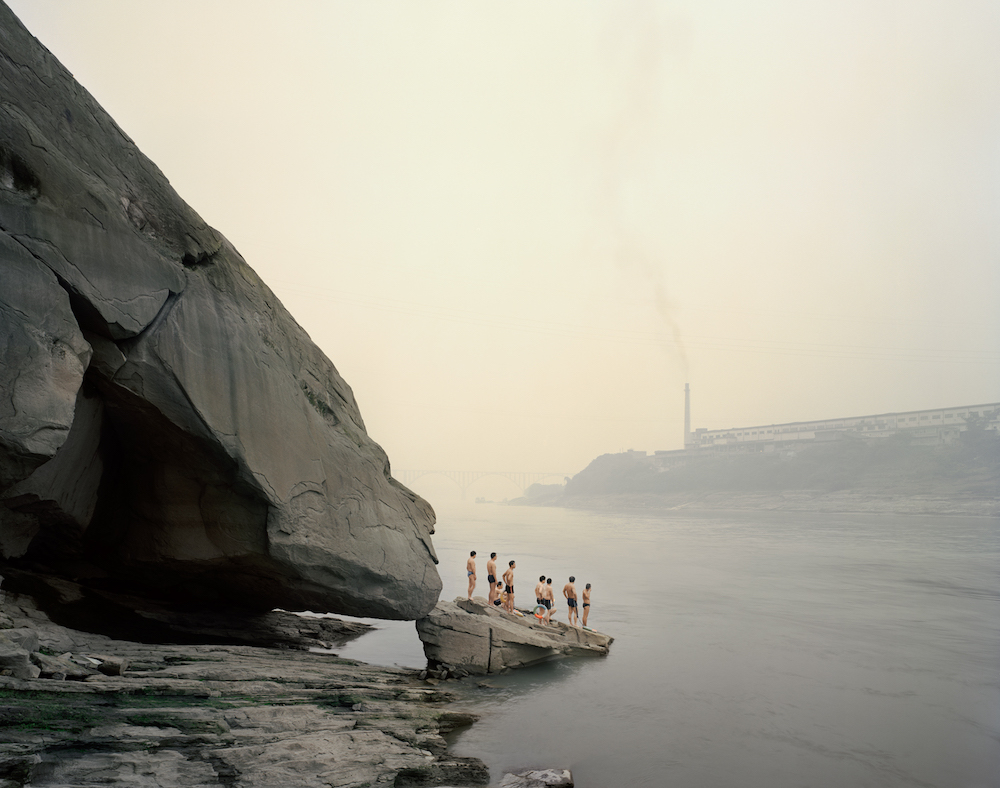
A quote from the book’s foreword written by Todd Brandow and Bartomeu Marí sums up both the uncertainty and sense of possibility that lie before us: “There are sober voices today that wonder if human civilisation will survive this century, while other voices trumpet a ‘new Renaissance,’” they write. “It is not up to photographers to say which of the two realities will triumph, but they can certainly lay out for us the state of the world, and help us think about where we want to take it.”
Civilization: The Way We Live Now, edited by William A. Ewing and Holly Roussell, is published by Thames & Hudson. Civilization will be exhibited at Flowers Gallery, London E2 until 22 December 2018.

